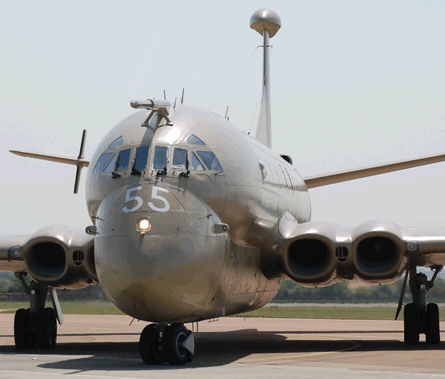The UK military is to get an independent aviation authority to oversee airworthiness standards in the Royal Air Force and the air arms.
While that sounds to be a promising advance on military airworthiness assurance systems as they stand today, there are any number of ways in which the government, the military or the authority itself could screw the new system up.
The Military Aviation Authority is to be headed by a three-star serving officer. While the agency might be independent according to its constitution, the officer still has a career to consider after a tour of duty there. What if the MAA chief takes his job seriously and harms combat operational flexibility by recommending grounding, say, a fleet of BAE Systems Nimrod MR2s that direly need a technical modification for safety reasons, but aren't getting it because RAF top brass - and even squadrons - see money spent there as being subtracted elsewhere in a permanently constricted budget?
 |
|---|
© BAE Systems |
Having to override the MAA's grounding recommendation in the case of operational necessity - which the government has allowed for - could be embarrassing for decision makers. It is amazing how, for a serving officer, being an inconvenience can be career-limiting.
Nevertheless, the new system should provide much greater transparency. If the MAA's recommendations are to be overridden it will have to be made clear why, and clear lines of responsibility must go to the very top.
The greatest risk to the effectiveness of an agency like the planned MAA is political meddling from above, and empire-building from within. Who is going to audit these auditors? And how much actual transparency will be allowed? The obscurantist D-notice system still exists, and a government can invoke it on the grounds that, during hostilities, revelation of critical equipment weakness would be useful to the enemy.
There is still a missing factor in the military safety equation, even with the MAA, and it needs tidying up. The military accident investigation procedure needs to be given the same degree of independence that is proposed for the MAA.
Just as the MAA - arguably needed long before now - has only just been brought into being following the 2006 Afghanistan Nimrod catastrophe, a completely independent military accident investigation agency should have been brought in after the farcical handling of the final report into the 1994 Boeing Chinook Mk2 crash at Mull of Kintyre.
Source: Flight International



















